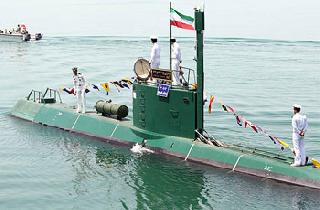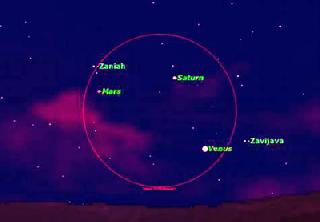The Globalstar second-generation constellation satellite at a Thales facility center. Photo: Thales.
CANNES (BNS): Thales Alenia Space has delivered the first three second-generation satellites to Globalstar, which will be orbited by Arianespace on a Soyuz launcher in October from Baikonour.
Each second-generation Globalstar satellite will weigh about 700 kg and offer end-of-life power of 1.7 kW. The satellites are fitted with 16 transponders from C- to S-band and 16 receivers from L- to C-band.
The satellites will be launched in batches of six at a time by October 2010.
Thales will also launch three more satellites in the first launch batch, by the end of August.
Earlier, Globalstar had signed a contract with Thales Alenia Space for the design and delivery of 48 second-generation constellation low Earth orbit (LEO) satellites.
The satellites will be manufactured at the various Thales Alenia Space facilities center in France and Italy.
“The delivery of the first satellites in the constellation is a major milestone for both Thales Alenia Space and our customer Globalstar,” Emmanuel Grave, head of telecommunications at Thales Alenia Space, said in a company news release.
“With the delivery of the next three satellites at the end of August and the launch of the first batch in the fall, Globalstar Second Generation will be entering service,” he added.
The new constellation will ensure continuation of Globalstar’s coverage through beyond 2025, as well as offering a platform for expanded service and innovative solutions.
In 2007, Thales Alenia Space has supplied satellite payloads, structures, propulsion, thermal subsystems, several electronics units, as well as systems integration of the entire constellation for the Globalstar’s first-generation programme.
 Previous Article
Previous Article Next Article
Next Article













The Indian Air Force, in its flight trials evaluation report submitted before the Defence Ministry l..
view articleAn insight into the Medium Multi-Role Combat Aircraft competition...
view articleSky enthusiasts can now spot the International Space Station (ISS) commanded by Indian-American astr..
view article